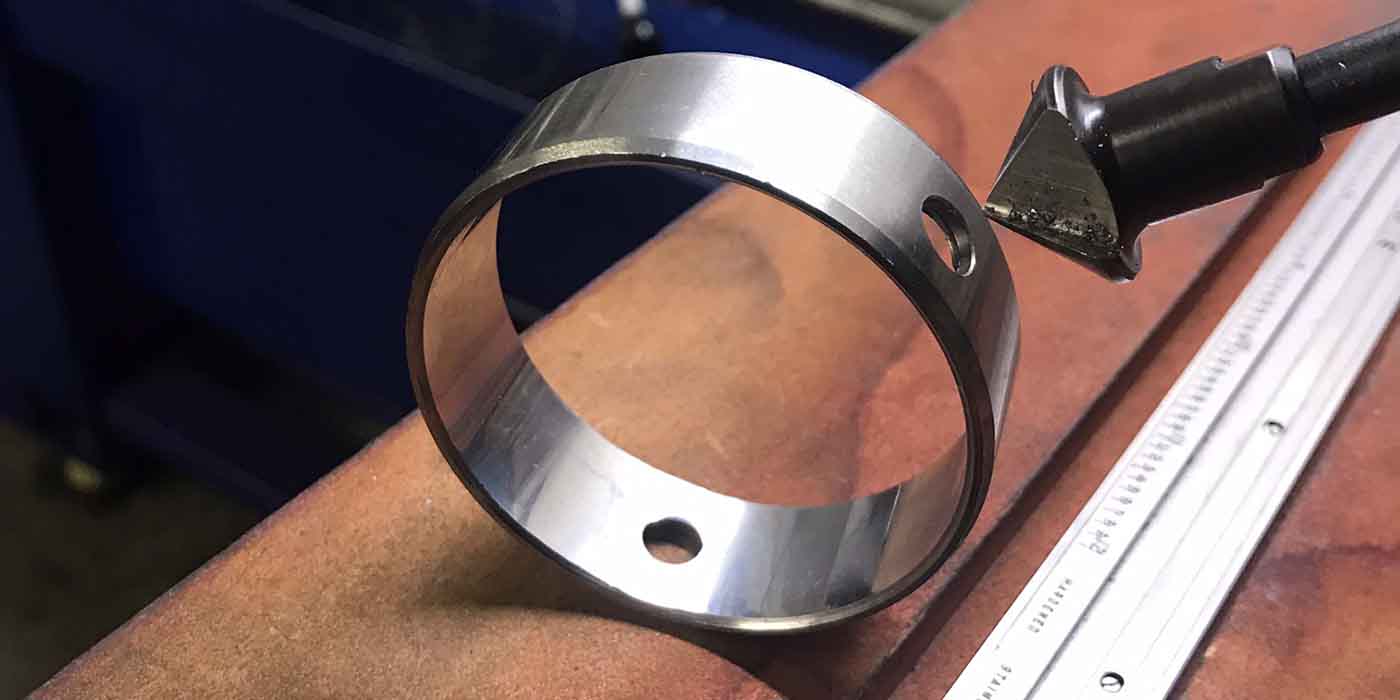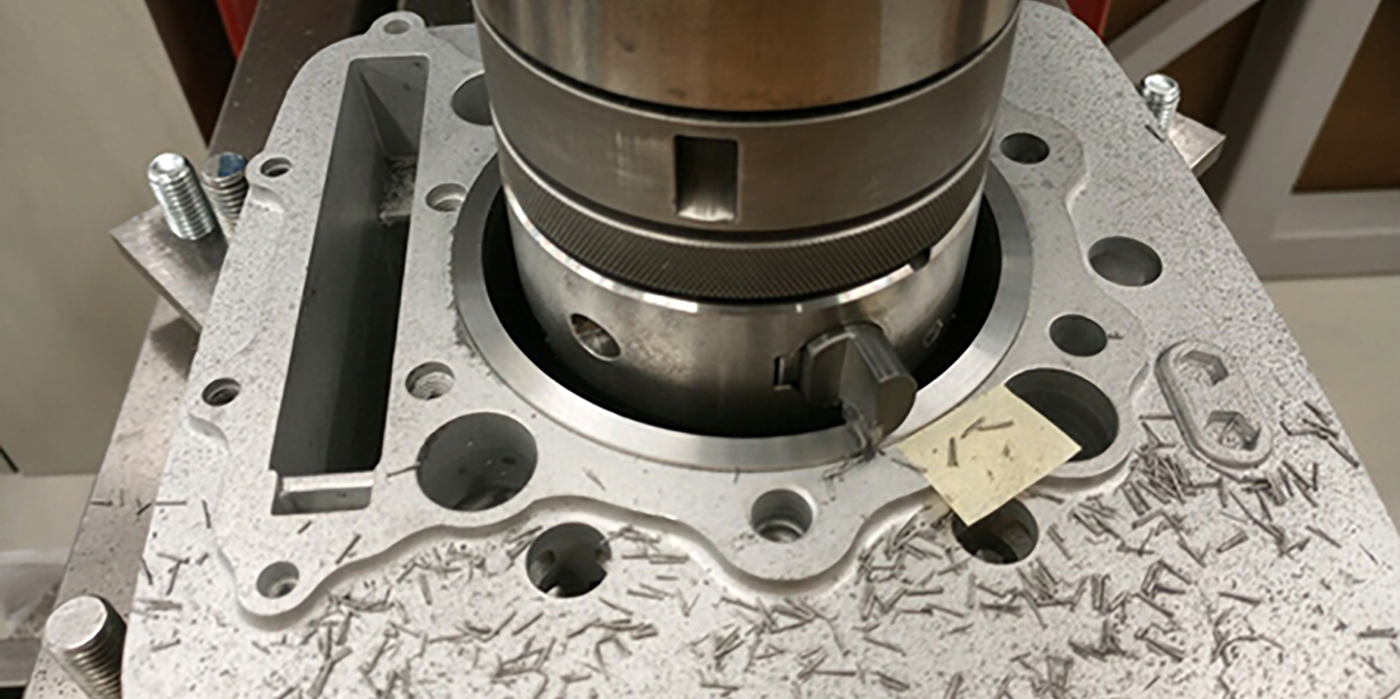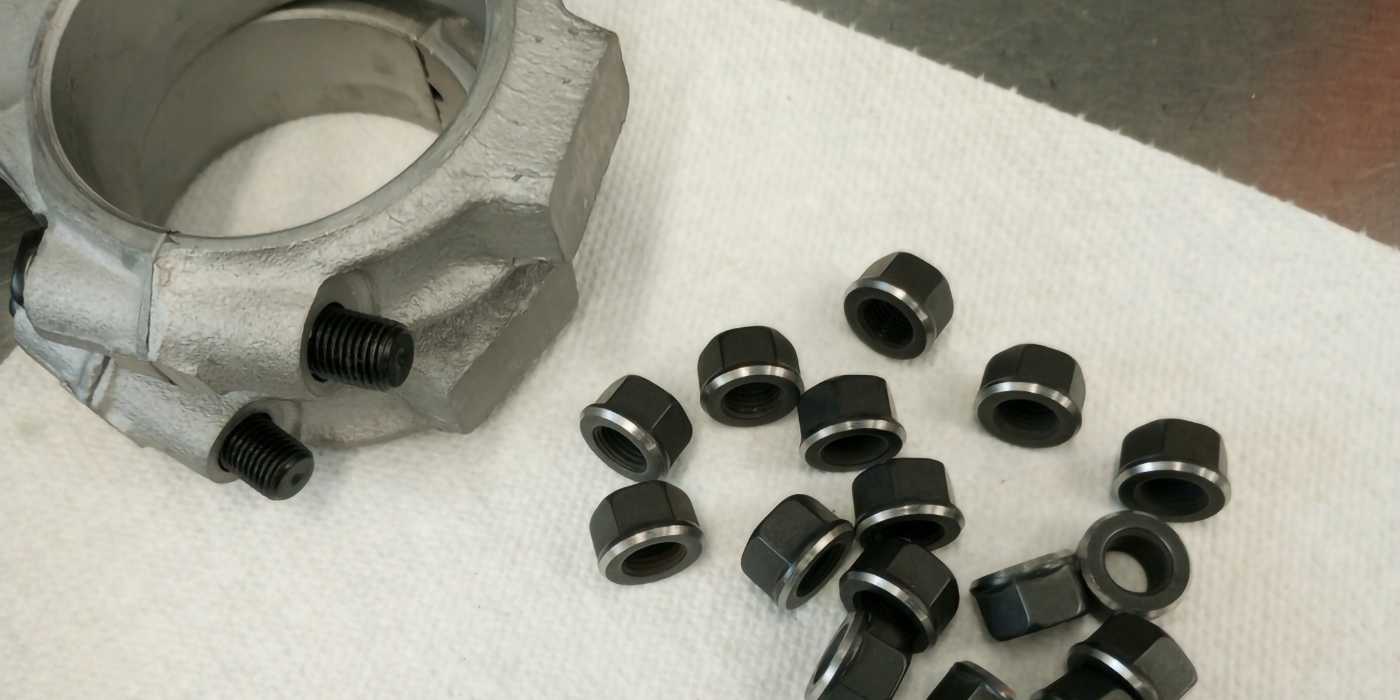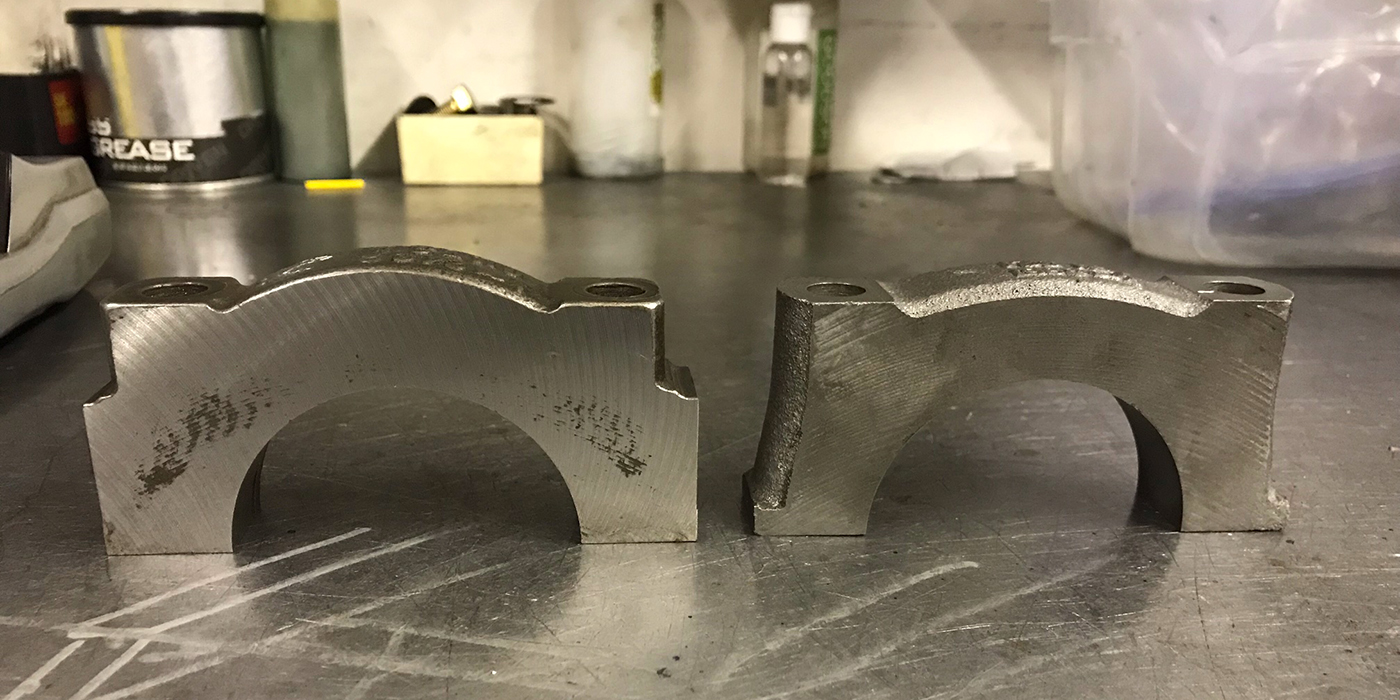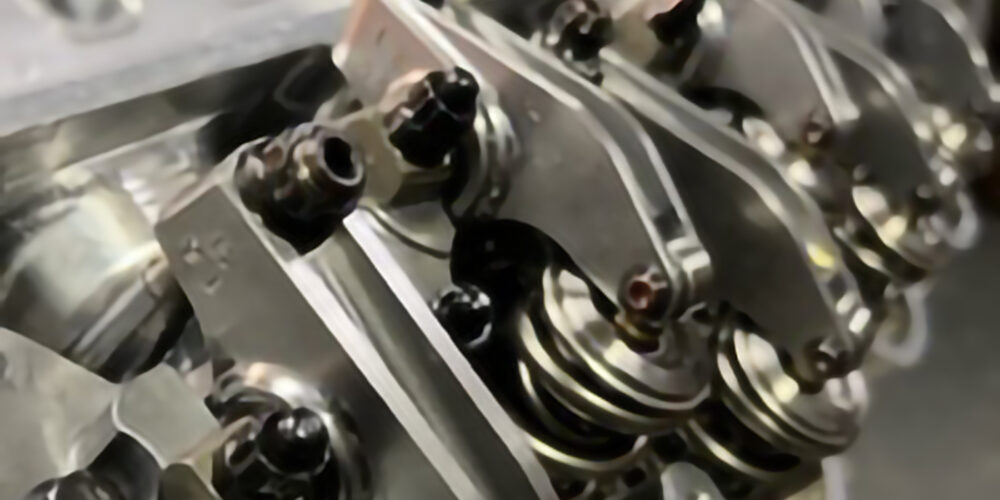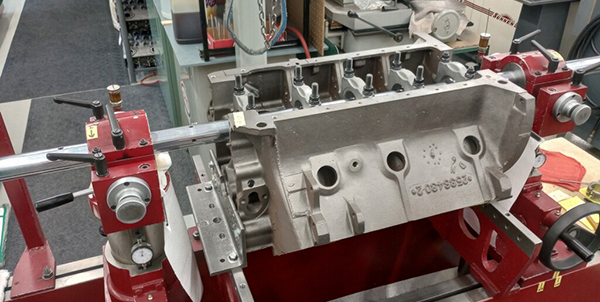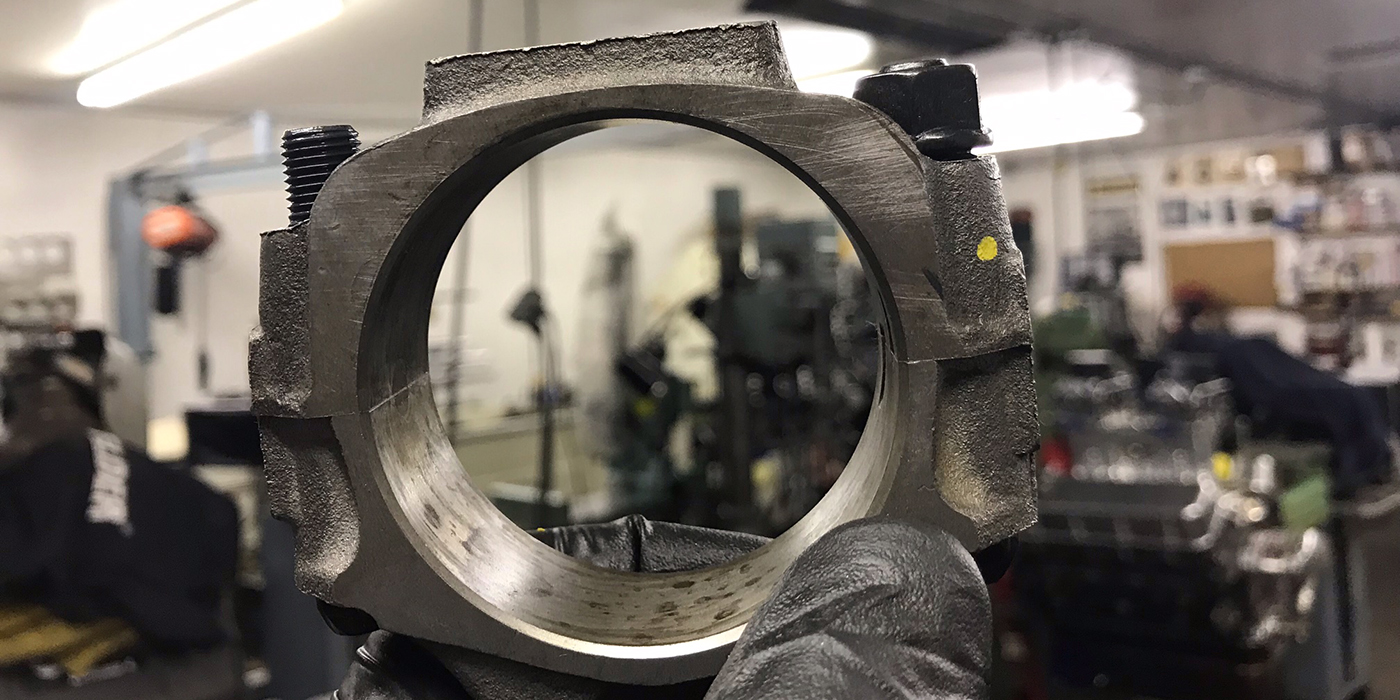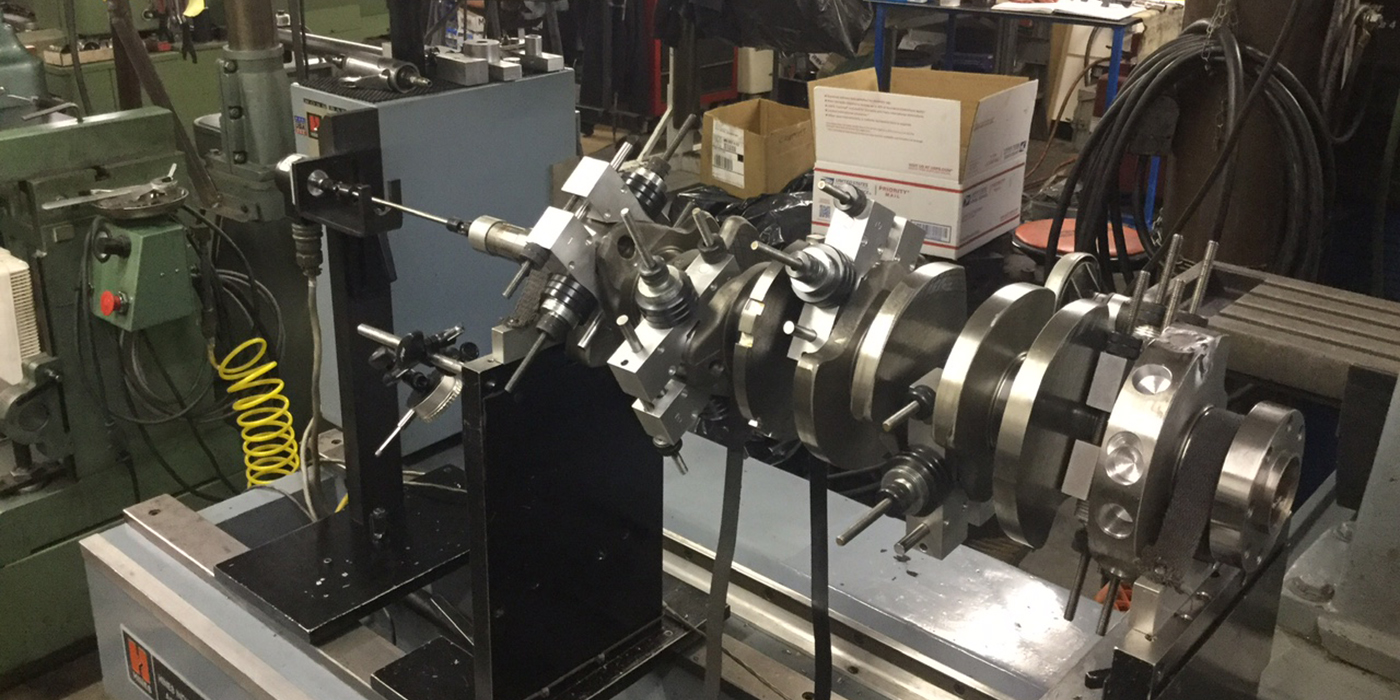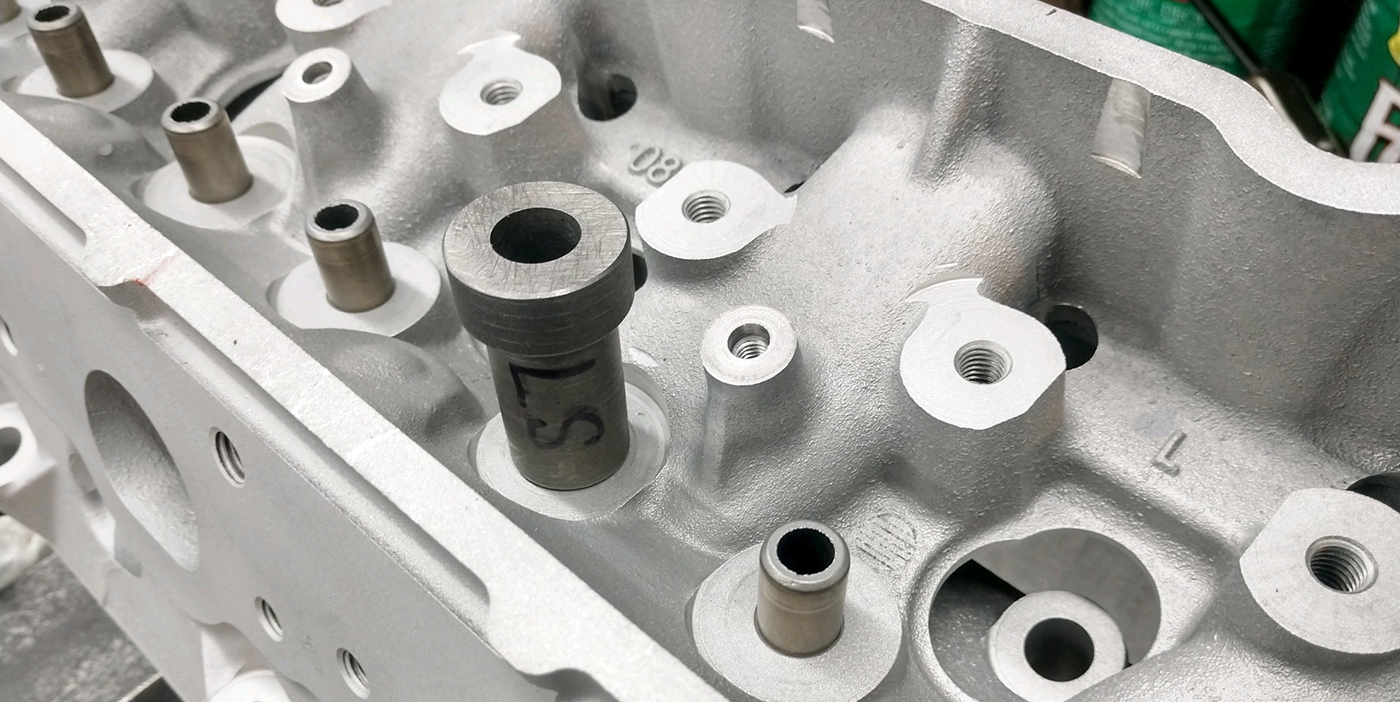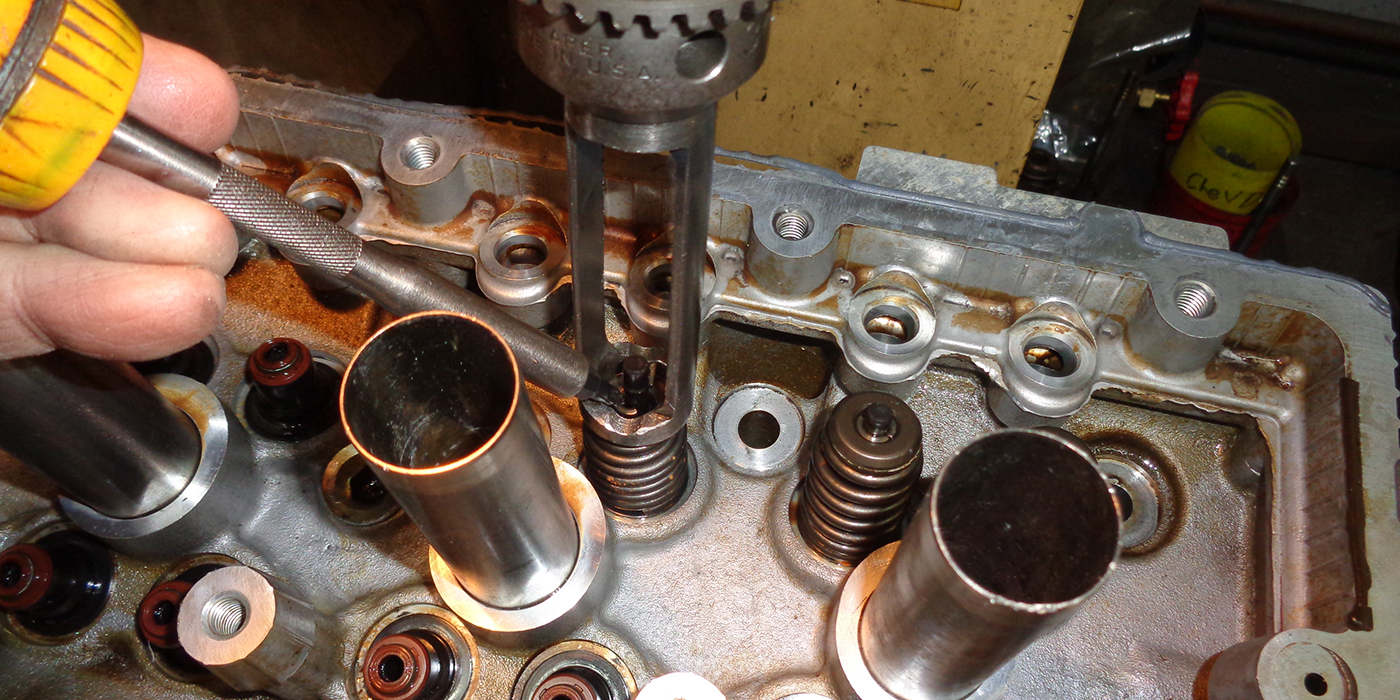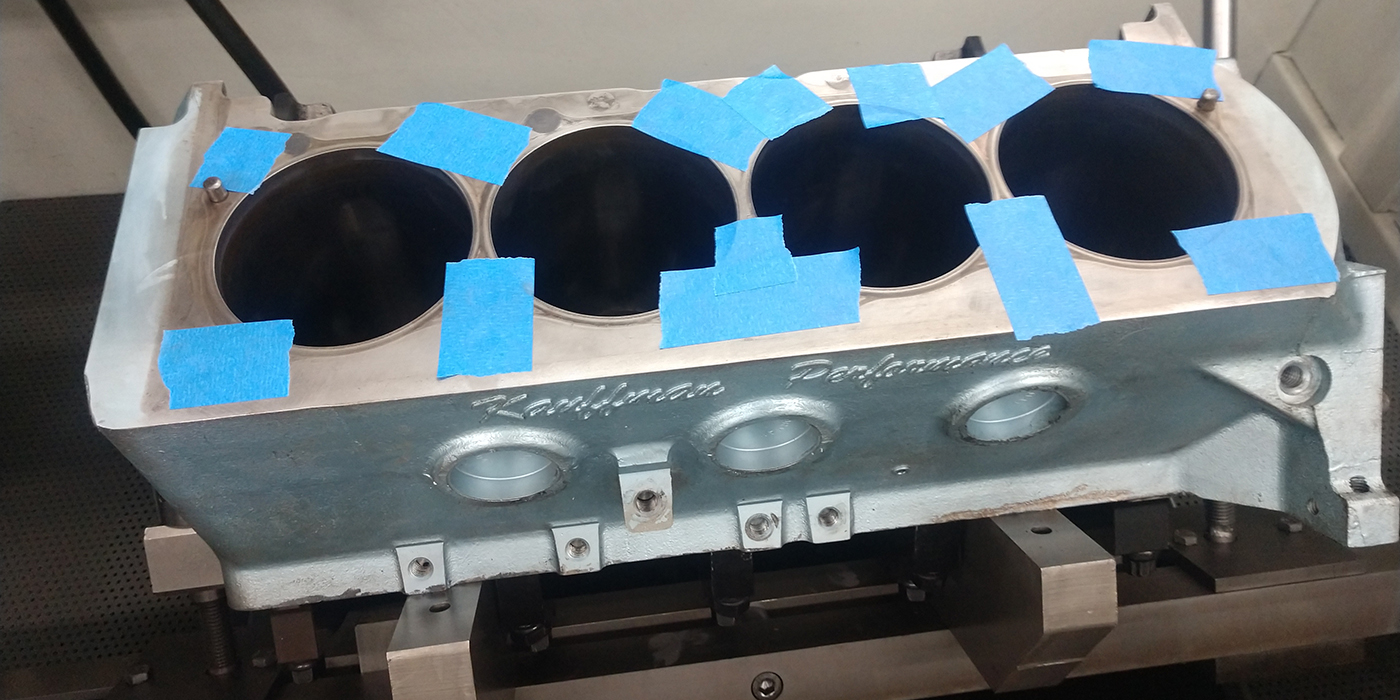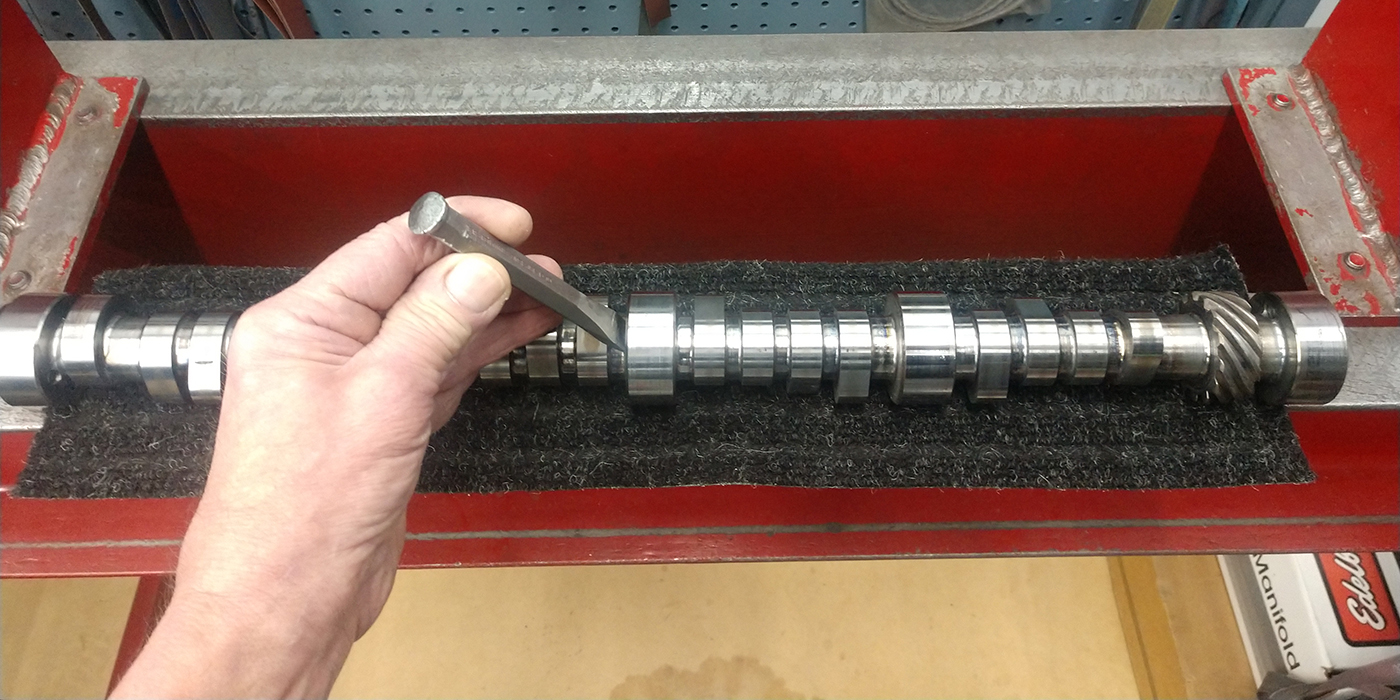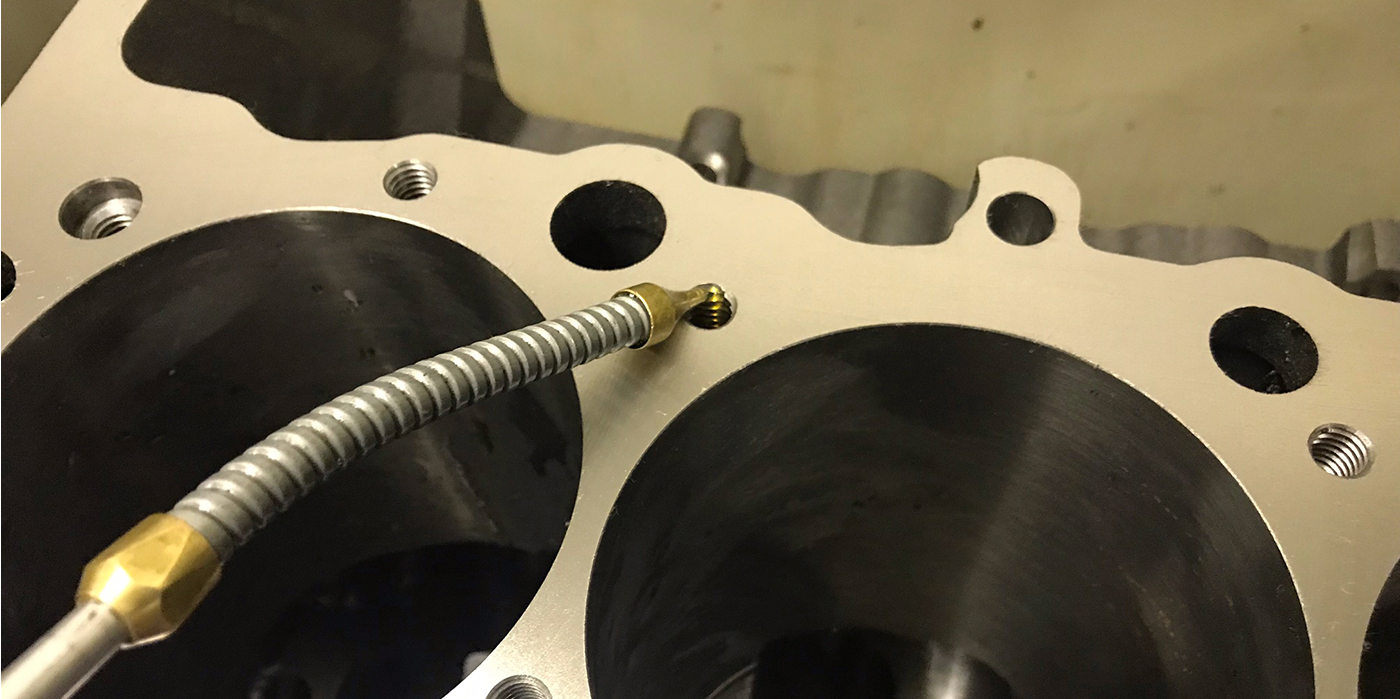First of all, in normal use or even high performance use, a used crankshaft will not “clean up” to standard specifications and will usually have to be ground to .010? undersize. The crankshaft has then remained 98+ percent as strong as new. The problem arises when “spinning” or “hammering” (knocking) a bearing.
The crank will not clean up at .010? and must be ground down to .020? or more. A spun or hammered journal causes a crack in the majority of cases, even though it might not appear to be badly damaged.
In order to detect a crack, the crank must be crack checked or “magnafluxed.” Some crank rebuilders do not crack check their product and depend upon the “law of averages.”
The backyard mechanic/racer was right when he found that crankshafts ground past .010? would have a tendency to break, assuming it was because of the reduction in strength and not aware that it was cracked already when it came from the crank repair shop.
Like any other machine in an engine shop, a wet system crank checking set-up is only as good as its operator and only works if it is turned on.
Many thanks,
Fred Geisel
Ocala, FL

